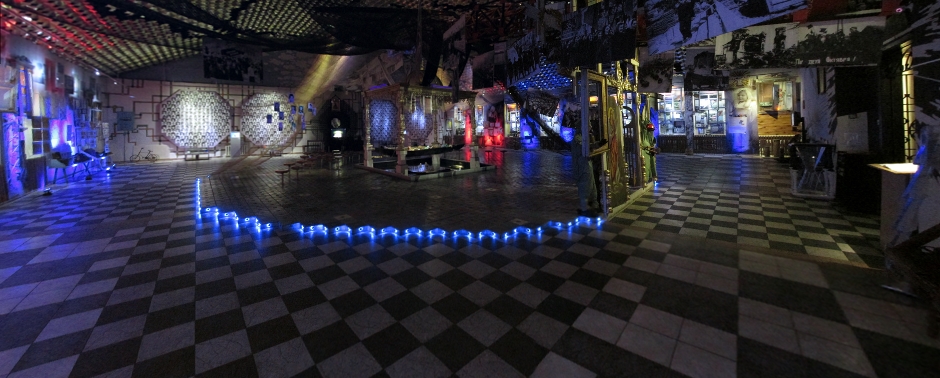Ukrainian National Chornobyl Museum
The Ukrainian National Chornobyl Museum is in the historic Podil district of Kiev. The building was donated specifically for use as a museum by the State Fire Protection Guard in 1992. As the name suggests, it is dedicated to the 1986 Chernobyl disaster and its consequences.
Prior my visit to the Chernobyl Exclusion Zone (Page Here), some time was spent visiting the museum - time which made the experience of seeing the disaster area more rewarding in terms of understanding. The museum is open daily from 10am until 6pm (except Sundays and the last Monday of each month) and in order to really get the most out of it, at the entrance it is possible to hire an audio guide player which will explain the artefacts and displays in depth (and in English, or other preferred languages). The audio guide takes you through around 37 (mostly) marked points to stop as you walk around. For a modest extra charge, photography is permitted (payable on admission per camera). Of the various artefacts on display, such as protective clothing worn by the Liquidators (the Chernobyl disaster management personnel) and identity papers, the museum points out that, of course, they have all been decontaminated. The museum also contains visual media, scale models and other representational items which inform the visitor about various aspects of the disaster, including:
☢ The technical reasons of the
accident
☢ The process of limiting immediate
and long term damage from the disaster with special emphasis on the
Liquidators involved with the cleanup
☢ The consequences on loss of life and
people's health
☢ The social and cultural impact on
the local people (116,000 people were evacuated from the surrounding
area in 1986 and many more in later years)
☢ The politics of the era (for example
how the disaster reinforced the importance of Gorbachev's policy of
glasnost (openness)).
☢ The reported results of
investigations at the time and later
☢ The media reporting at the time by
Soviet and international news outlets (In the newspapers, Moscow was
slow to admit what had happened, even though increased radiation levels
were being detected from outside the Soviet Union, particularly in
Sweden)
☢ The impact of the disaster on the
environment
The above list is not exhaustive. The Museum supports the "Remembrance Book", an online database of Liquidators. The exhibits end with a time to reflect by a tastefully laid out installation in a room representing reactor 4, which suffered the catastrophic failure (see photo at bottom of page).

Above: Composite Image showing the museum's final exhibit, resembling Reactor 4, which suffered the catastrophic failure.
Link to Official Website Here
Back to Top